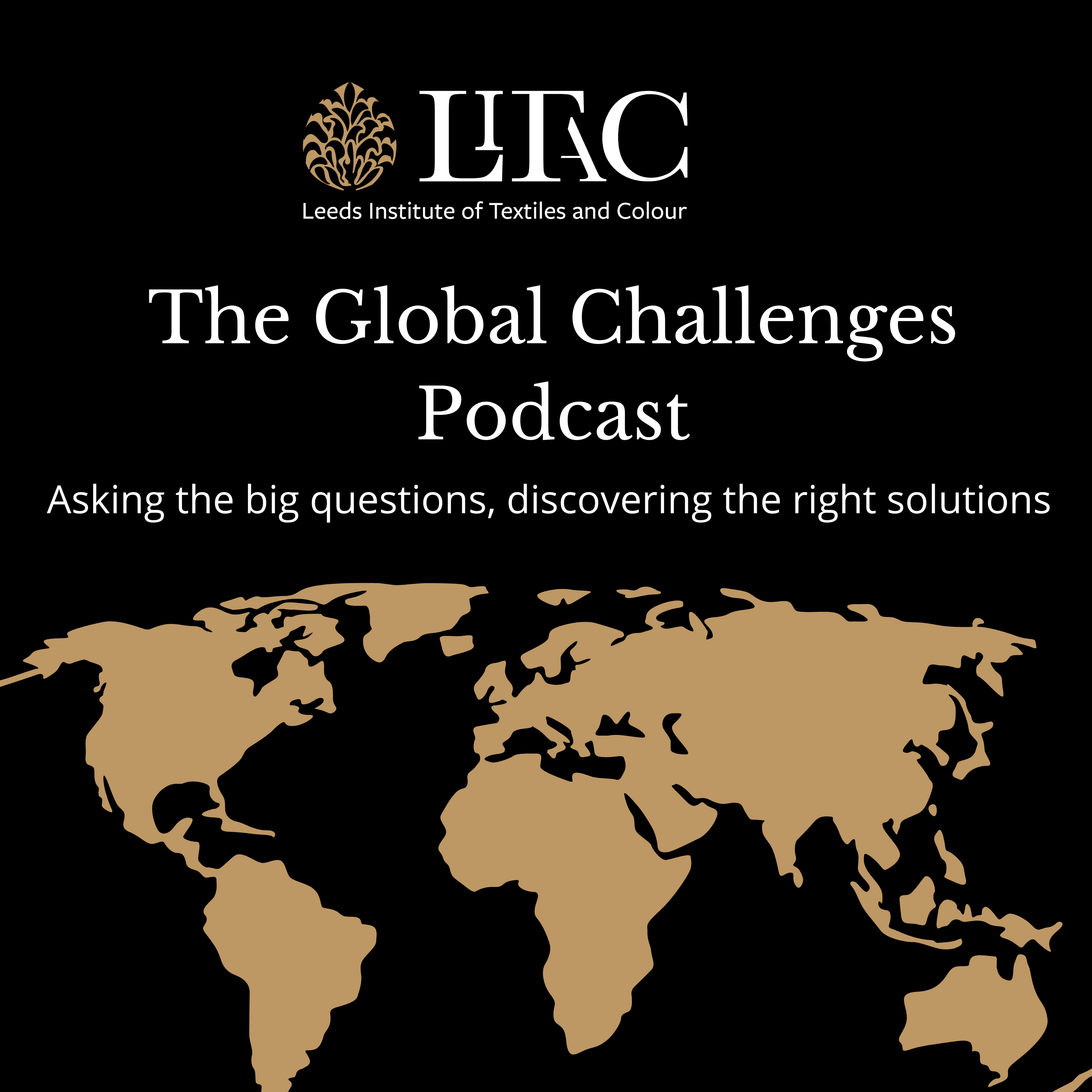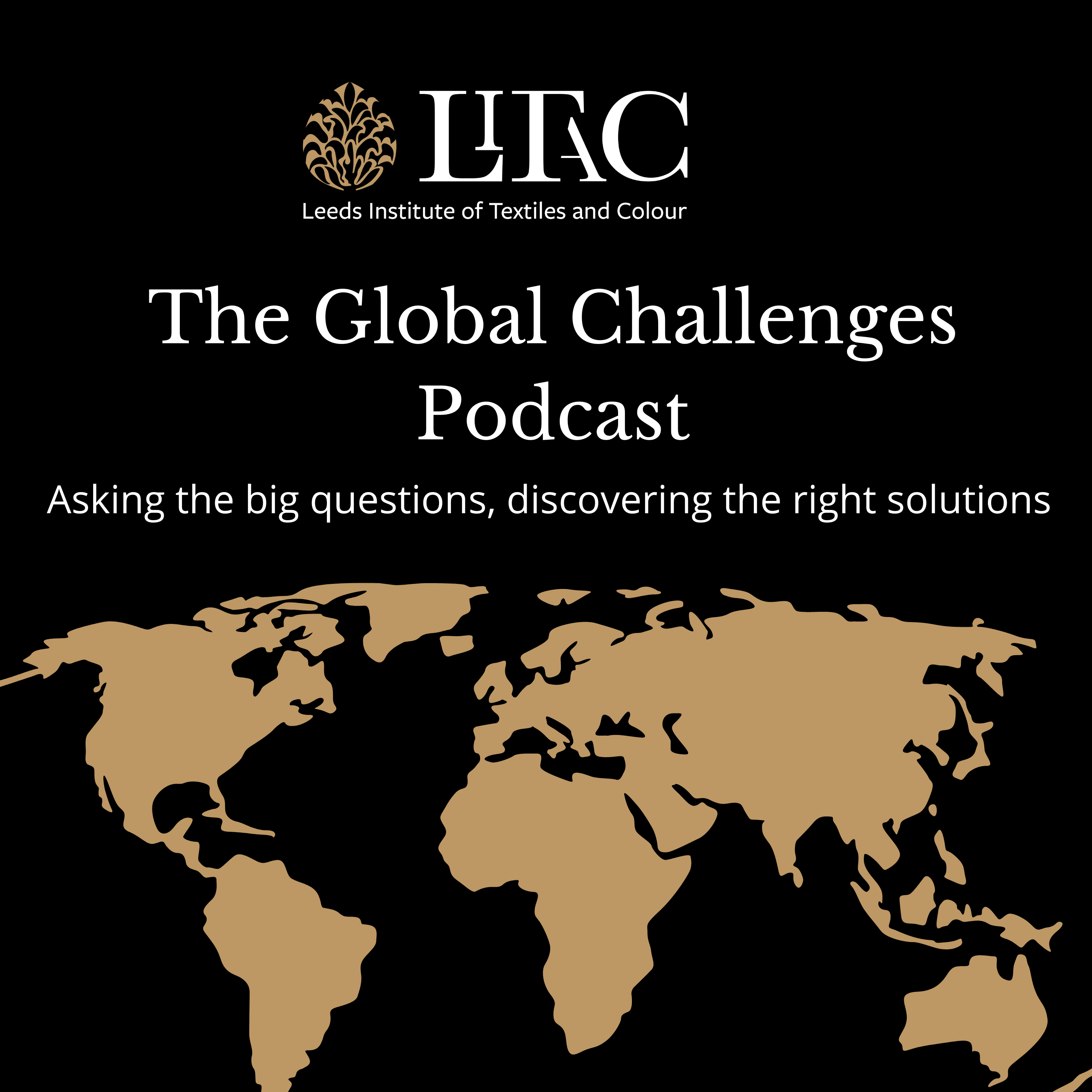How does your cotton t-shirt make its way into the ocean and what damage is it doing?
Cotton is a natural fibre but the journey that this fibre takes from the humble cotton plant to your everyday t-shirt is quite unnatural. In this episode, we take a deep dive into why cotton could potentially be the most environmentally damaging fibre that is polluting our oceans on an enormous scale.
This episode is hosted by Professor Richard Blackburn (Professor of Sustainable Materials at the University of Leeds) he is joined by:
- Professor Paul Kay (Professor of Water Science at the University of Leeds)
- Olivia Skilbeck (PhD Researcher, University of Leeds)
Transcript
So we've looked at nutrients like nitrogen and phosphorus that maybe come from fertilizers. We've looked at sediments that might come from soils of agricultural fields. We've looked at metals a lot that came from, you know, industrial processes. But since probably late 1990s, the area of emerging contaminants has taken off. And so this. As it suggests is where we've started to look at pollutants in the environment, both rivers and the oceans that scientists haven't really looked at before and the general public aren't aware of, and there's no real management strategies in place to do anything about them.
[: [: [: [:[00:05:17] Olivia: Coming from a completely geography background, I had no idea the process that a cotton fibre would go through to become a garment. I just assumed as probably a lot of people do that it comes from the cotton plant. It's manufactured into a garment. I didn't realize the whole stage processes that it actually goes under and how much we are actually altering these natural fibres. So the cotton that you grow in a plant is far from the cotton that you'll find in a t-shirt. The cotton that's released from laundering contains potentially harmful chemicals, which if these do break down easier than plastics, then are these chemicals released more readily into the environment from these fibres. So they're not natural anymore.
[:[00:06:21] Then we do all sorts of other treatments. So before we've got very far down that preparation process, we've already transformed that cotton into something that nature doesn't recognise. Then what do we do? We put dyes on it. A lot of the most common dyes that we use these days are permanently bonded to the cotton so that you can't wash them off, which is great for your colours staying the same colour for a long time but to achieve that, the dye is permanently effectively welded to the cotton and you just can't take it off there. Then we might put all the special finishes on there like waterproofing finishes, antimicrobial agents and other things to keep the structure of cotton rigid so that when you wear it, it doesn't crease and you don't have to iron it a lot.
[: [: [:and then measuring the biodegradation of these fibres over time. So I'll leave them for a set period of time and then come back extract these fibres that I've added to the environments through different processes. Then looking at them under scanning electron microscope which will let me analyse the typography of the fibre really close up.
[:[00:08:38] One of the things that you mentioned was you were, you were thinking about in different environments and can, you know, Olivia Paul, can you explain why? If something degrades in a soil burial test, we can't just then extrapolate that and say, well, therefore it must degrade in the ocean then?
[: [: [: [: [: [:[00:12:30] Paul: Yes. I mean, microfibres just end up everywhere, you know? So they're these tiny little things. Like you say, they get into the air and I'm not sure I've ever worked on a pollutant. Where aerial transport has been so important. So in the monitoring that we've done, we found microfibres in places in rivers where you really wouldn't expect them to be there. You know there's no obvious source around that area where they could come from, they've been measured at the poles and in ice now. So they go up into the air and then they are brought out of the air when it rains.
[:[00:13:18] Richard: The thing that convinced me that it wasn't laundry was the detection of polypropylene in the oceans, because as we said before, cotton is the main fibre. That's been found in a lot of the research but then after that, if you look at the most commonly found synthetic fibre, it's polypropylene. People might say, well so what? Well polypropylene is not used in clothes, it's mainly used in carpets and in upholstery and in things like PPE, those types of products. So if it was laundry, which was a main route, we wouldn't see any polypropylene because it isn't laundered. So just the evidence of polypropylene being there in the environment says to me that significant other roots for these microfibres to find their way ultimately into our oceans.
[: [: [: [: [: [: [: [: [: [: [: [: [: [: [: [: [: [: [:
